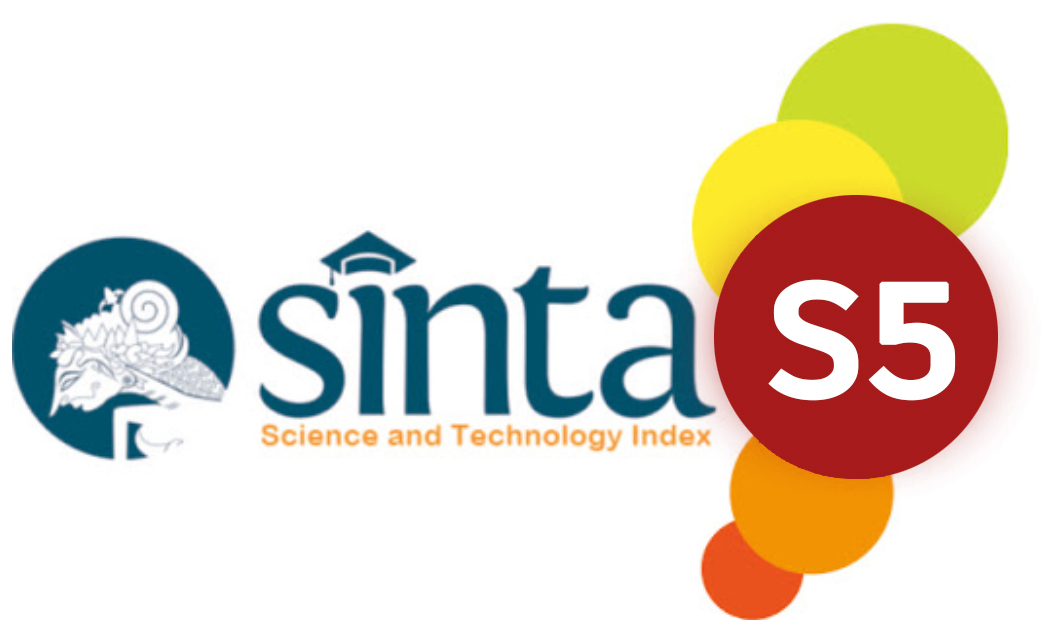Linkage Comparison in Agglomerative Hierarchical Clustering for Clustering Students' Knowledge of First Aid for Stroke Emergencies
DOI:
https://doi.org/10.31004/riggs.v4i2.564Keywords:
stroke, first aid, AHC, Single Linkage, Complete Linkage, WardAbstract
Stroke is a leading cause of disability and mortality worldwide, necessitating immediate and accurate first aid to mitigate severe outcomes. In Indonesia, limited public knowledge about stroke management, particularly among high school students, underscores the urgent need for targeted educational interventions. This study aims to evaluate students’ understanding of stroke first aid and identify optimal methods for clustering educational data using Agglomerative Hierarchical Clustering (AHC). A validated questionnaire was distributed to 112 high school students, focusing on their knowledge of stroke symptoms, risk factors, and first-aid practices. Data preprocessing ensured quality and consistency before applying AHC with three linkage methods: Single Linkage, Complete Linkage, and Ward’s method. The results were evaluated using Davies-Bouldin Index and Silhouette Coefficient to determine the most effective clustering approach. Ward’s method outperformed other linkage methods, achieving superior cluster compactness and separation. Four clusters were identified, representing varying levels of knowledge, from basic understanding to high awareness of stroke and seizure management. These findings provide a foundation for designing tailored educational programs, addressing specific knowledge gaps, and enhancing firstaid preparedness. This study demonstrates the utility of machine learning in educational research and contributes to improving public health education. Future research should expand on these findings by incorporating diverse datasets and alternative clustering algorithms.
Downloads
References
R. S. Segall and S. Takashashi, “Data Visualization of Big Data for Predictive and Descriptive Analytics for Stroke, COVID-19, and Diabetes,” Int. J. Big Data Anal. Healthc., vol. 8, no. 1, 2023, doi: 10.4018/ijbdah.331996.
W. H. Organisation, “WHO: Stroke, Cerebrovascular accident,” 2019.
Y. Haiga, I. Prima Putri Salman, and S. Wahyuni, “Perbedaan Diagnosis Stroke Iskemik dan Stroke Hemoragik dengan Hasil Transcranial Doppler di RSUP Dr. M. Djamil Padang,” Sci. J., vol. 1, no. 5, 2022, doi: 10.56260/sciena.v1i5.72.
I. Rahmawati and L. M. Palupi, “DETEKSI DINI GEJALA STROKE SEBAGAI BAGIAN
DARI PROGRAM BINA KELUARGA LANSIA DI KABUPATEN MALANG,” LINK, vol. 16, no. 1, 2020, doi: 10.31983/link.v16i1.5669.
T. Wahyuni and R. N. Martawinarti, “HUBUNGAN PENGETAHUAN KELUARGA
TERHADAP PERTOLONGAN PERTAMA PADA PASIEN STROKE DIKUMPEH,” J.
Ilmu-Ilmu Kesehat., vol. 9, no. 1, 2023, doi: 10.52741/jiikes.v9i1.62.
D. Febryani, E. Rosalina S, and W. H. Susilo, “Hubungan Antara Pengetahuan, Usia, Tingkat Pendidikan Dan Pendapatan Kepala Keluarga Dengan Perilaku Hidup Bersih Dan
Sehat Pada Tatanan Rumah Tangga Di Kecamatan Kalideres Jakarta Barat,” Carolus J. Nurs., vol. 3, no. 2, 2021, doi: 10.37480/cjon.v3i2.74.
A. Septianingsih, “PEMETAAN KABUPATEN KOTA DI PROVINSI JAWA TIMUR BERDASARKAN TINGKAT KASUS PENYAKIT MENGGUNAKAN PENDEKATAN
AGGLOMERATIF HIERARCHICAL CLUSTERING,” J. Lebesgue J. Ilm. Pendidik.
Mat. Mat. dan Stat., vol. 3, no. 2, 2022, doi: 10.46306/lb.v3i2.139.
K. B, “A Comparative Study on K-Means Clustering and Agglomerative Hierarchical Clustering,” Int. J. Emerg. Trends Eng. Res., vol. 8, no. 5, 2020, doi:
30534/ijeter/2020/20852020.
A. M. Jarman, “Hierarchical Cluster Analysis: Comparison of Single Linkage, Complete Linkage, Average Linkage and Centroid Linkage,” Int. J. Georg. Soutern Univ., vol. 1, no. 1, 2020.
Z. Muttaqin, “IMPLEMENTASI UNSUPERVISED LEARNING PADA NILAI JASMANI KESAMAPTAAN SEKOLAH POLISI NEGARA DENGAN METODE CLUSTERING ANALYSIS,” PROSISKO J. Pengemb. Ris. dan Obs. Sist. Komput., vol. 10, no. 1, 2023, doi: 10.30656/prosisko.v10i1.6269.
A. Saxena et al., “A review of clustering techniques and developments,” Neurocomputing, vol. 267, 2017, doi: 10.1016/j.neucom.2017.06.053.
E. Burghardt, D. Sewell, and J. Cavanaugh, “Agglomerative and divisive hierarchical
Bayesian clustering,” Comput. Stat. Data Anal., vol. 176, 2022, doi:
1016/j.csda.2022.107566.
M. M. Muttaqin, Wahyu Wijaya Widiyanto, A. W. Green Ferry Mandias, Stenly Richard Pungus, S. A. H. Wiranti Kusuma Hapsari, E. F. B. Aslam Fatkhudin, Pasnur, and N. S. Mochammad Anshori, Suryani, Pengenalan Data Mining, no. July. 2023.
T. Pipit Muliyah, Dyah Aminatun, Sukma Septian Nasution, Tommy Hastomo, Setiana Sri Wahyuni Sitepu, Data Science dan Pembelajaran Mesin, vol. 7, no. 2. 2020.
V. Vijaya, S. Sharma, and N. Batra, “Comparative Study of Single Linkage, Complete Linkage, and Ward Method of Agglomerative Clustering,” in Proceedings of the
International Conference on Machine Learning, Big Data, Cloud and Parallel Computing:
Trends, Prespectives and Prospects, COMITCon 2019, 2019. doi: 10.1109/COMITCon.2019.8862232.
Mardhiatul Azmi, Atus Amadi Putra, Dodi Vionanda, and Admi Salma, “Comparison of the Performance of the K-Means and K-Medoids Algorithms in Grouping Regencies/Cities in Sumatera Based on Poverty Indicators,” UNP J. Stat. Data Sci., vol. 1, no. 2, 2023, doi: 10.24036/ujsds/vol1-iss2/25.
H. Belyadi and A. Haghighat, “Unsupervised machine learning: clustering algorithms,” Mach. Learn. Guid. Oil Gas Using Python, pp. 125–168, Jan. 2021, doi: 10.1016/B978-012-821929-4.00002-0.
A. Serra and R. Tagliaferri, “Unsupervised Learning: Clustering,” Encycl. Bioinforma.
Comput. Biol. ABC Bioinforma., vol. 1–3, pp. 350–357, Jan. 2019, doi: 10.1016/B978-012-809633-8.20487-1.
M. Gagolewski, A. Cena, S. James, and G. Beliakov, “Hierarchical clustering with OWAbased linkages, the Lance–Williams formula, and dendrogram inversions,” Fuzzy Sets Syst., vol. 473, p. 108740, Dec. 2023, doi: 10.1016/J.FSS.2023.108740.
Downloads
Published
How to Cite
Issue
Section
License
Copyright (c) 2025 Ivana Aikozora Putrinugroho, Mochammad Anshori, Wahyu Teja Kusuma

This work is licensed under a Creative Commons Attribution 4.0 International License.




























